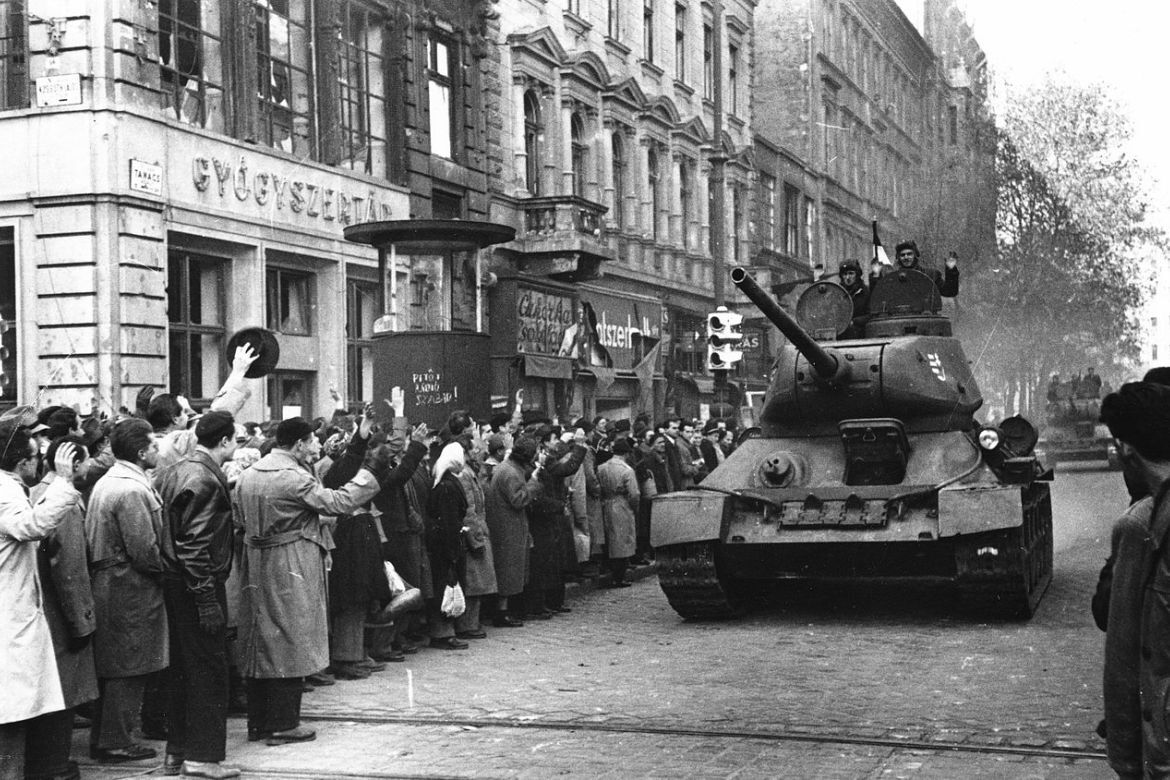Gusztáv D. Kecskés, Research Professor at the Insitute of History, HUN-REN RCH, has published a monograph entitled Humanitarian Campaign on a Global Scale: The International Red Cross and the 1956 Hungarian Refugees, which can be downloaded from the website of the Wilson Center (Washington).
The story of the refugees who flooded out of Hungary following the Soviet suppression of the 1956 revolution and the coordinated international charity operation launched to receive them is an outstanding chapter in the history of migration. The operation was an exceptional success for international refugee care, with the “family” of United Nations bodies playing a decisive role. The efforts of another family of non-governmental organizations, the International Red Cross Movement, was equally significant. These organizations provided for a mass of about 200,000 refugees (a very large number even on the European scale), transported them to the admitting countries, and helped them to integrate there.
This little monograph – using archival documents of the League of the Red Cross Societies and the International Committee of the Red Cross (both based in Geneva) and of the French Red Cross Society, foreign policy documents of the American, Belgian and Hungarian governments, papers from the Hungarian Red Cross, and the international literature – presents the movement’s humanitarian activity for Hungarian refugees, its decisionmaking processes, its involvement in international humanitarian action, the lessons learned for the institutional system and the significance of the case in the history of the organization. The international archival material is sufficiently abundant and wide-ranging to permit a nuanced analysis of Red Cross refugee aid and the humanitarian ideas behind it, and of the Cold War propaganda struggle between the Western and Soviet blocs. This should be a significant contribution to meeting the growing international scholarly interest in the international humanitarian movement and the history of migration.
 Kossuth Lajos utca - Károly (Tanács) körút. Fortepan 23591
Kossuth Lajos utca - Károly (Tanács) körút. Fortepan 23591
The roles played by the League of Red Cross Societies and the International Committee of the Red Cross in addressing the 1956 Hungarian refugee crisis stemmed from their historically established competences. The League was active in providing direct assistance to refugees in the first asylum countries (in Austria and to some extent in Yugoslavia), then in moving the refugees from there, and, through its national Red Cross member societies, in the final resettlement. Dealing with Hungarian refugees was at the centre of the League’s activities throughout the period.
The ICRC performed its traditional functions of setting up a database of refugees, providing a tracing and messaging service, supporting repatriation, especially the return of minor refugees, and dealing with the sensitive issues of family reunification. These areas of refugee life, little known to the international public because of their confidential nature, were a crucial but nevertheless small part of the Committee’s activities concerning the Hungarian people. Most of the organisation’s capacities were dedicated to providing assistance within Hungary on behalf of the UN.
In this way, all three elements of the International Red Cross system, namely the League, the National Red Cross Societies and the International Committee, were decisively involved in the assistance for the “Hungarian people” initiated by UN General Assembly resolutions passed in the fall of 1956. The effectiveness and successful achievements of both the League and the ICRC in these activities increased their prestige and thereby further reinforced their co-operation.
The success of the League and the ICRC in the Hungarian crisis was facilitated by sensitive adaptation to the international environment and power relations of the Cold War, flexibility in applying the Red Cross humanitarian principles, and a relationship of trust with state actors, especially the Austrian, Yugoslav and – above all – American governments, who were decisive in the settlement of the Hungarian refugee crisis. Co-operation with intergovernmental organizations, in particular the UN High Commissioner for Refugees (UNHCR) and the Intergovernmental Committee for European Migration (ICEM), was also essential to their success.
Participation in resolving the 1956 Hungarian humanitarian crisis, an episode of great international importance, has left a deep trace in the institutional memory of the League of Red Cross Societies and the International Committee of the Red Cross.

